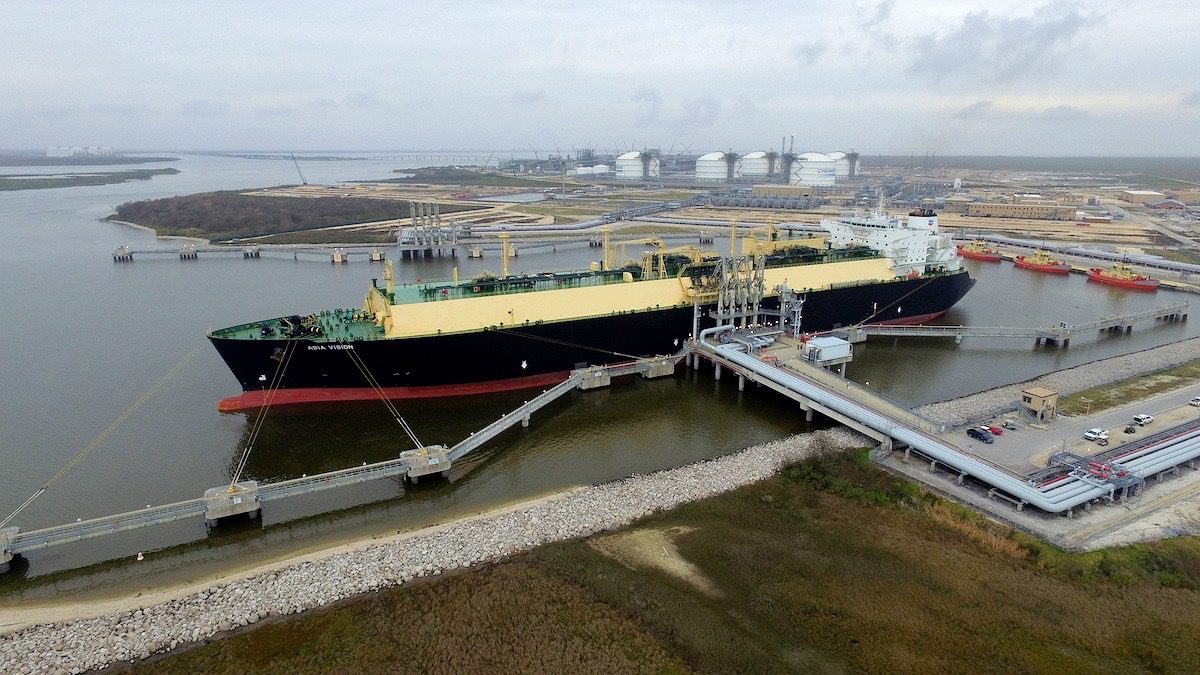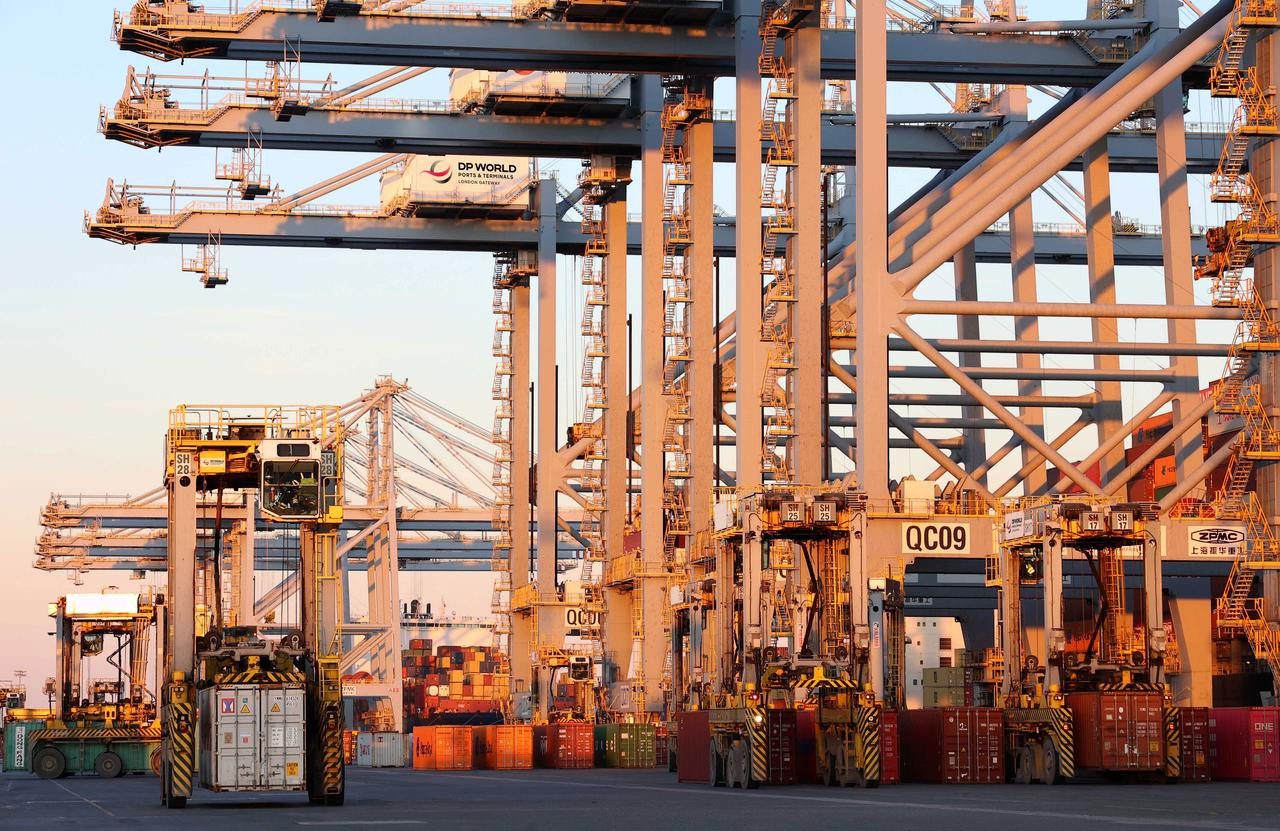The LNG carrier Asia Vision loads the first LNG export cargo at Cheniere’s Sabine Pass LNG Terminal in February 2016. File photo: Cheniere Energy
By Nina Chestney LONDON, July 13 (Reuters) – The United States is on track to have capacity to become the world’s second largest exporter of liquefied natural gas (LNG) by the end of 2022, just behind Australia and ahead of Qatar, the International Energy Agency (IEA) said.
Overall, global LNG export capacity would reach 650 billion cubic metres (bcm) a year by the end of 2022, compared to less than 452 bcm a year in 2016, the IEA said in its annual report on gas markets.
Of that amount, Australia would have capacity to export 117.8 bcm a year of LNG, followed by the United States with 106.7 bcm a year and Qatar with 104.9 bcm a year, it said.
Australia would stay top by adding 30 bcm a year of capacity by the end of 2022 to its existing capacity, but the United States, which has seen shale gas output surge, would add about 90 bcm a year to its capacity of about 14 bcm a year now.
“By the end of our forecast period, the United States will be well on course to challenging Australia and Qatar for global leadership among LNG exporters,” the report said.
However, the new LNG capacity is being added to an already well-supplied market, while demand is falling in some of the traditionally large importing nations, such as Japan, it said.
With demand expected to reach 460 bcm a year by 2022, the market would have 190 bcm a year in excess capacity, putting pressure on gas prices and discouraging new upstream investment.
Current low LNG prices are already making it tougher for exporters, and competition is loosening the typically rigid contracts that have dominated the long-distance trade.
“This change will be further accelerated by the expansion of U.S. exports, which are not tied to any particular destination and so will play a major role in increasing the liquidity and flexibility of LNG trade,” the IEA said.
Qatar said last week it planned to raise its LNG output by 30 percent to 100 million tonnes a year (roughly 140 bcm a year) in the next five to seven years, in what was seen as a challenge to other exporters.
The IEA report did not assess the impact of Qatar’s plans as the extra capacity was expected to be in place after the report’s forecast period of 2016-2022, Keisuke Sadamori, the IEA’s director of energy markets and security, told reporters.
Overall, the IEA said global gas production would grow faster than oil and coal in the next five years, helped by low price and ample supply, alongside a growing preference for gas because of its lower emissions compared to other fossil fuels.
Global gas demand was expected to rise by 1.6 percent a year to 4,000 bcm in 2022, slightly higher than last year’s forecast of 1.5 percent, the IEA said. Most of the expected growth was expected to come from developing countries, led by China.
Most gas is transported by pipeline rather than on ships as LNG.
The United States, the world’s largest gas producer, would increase output more than any other country in the next five years, the IEA. By 2022, U.S. production was expected to be 890 bcm, accounting for 22 percent of the total global gas output.
(Editing by Edmund Blair)
(c) Copyright Thomson Reuters 2017.

 Join The Club
Join The Club











